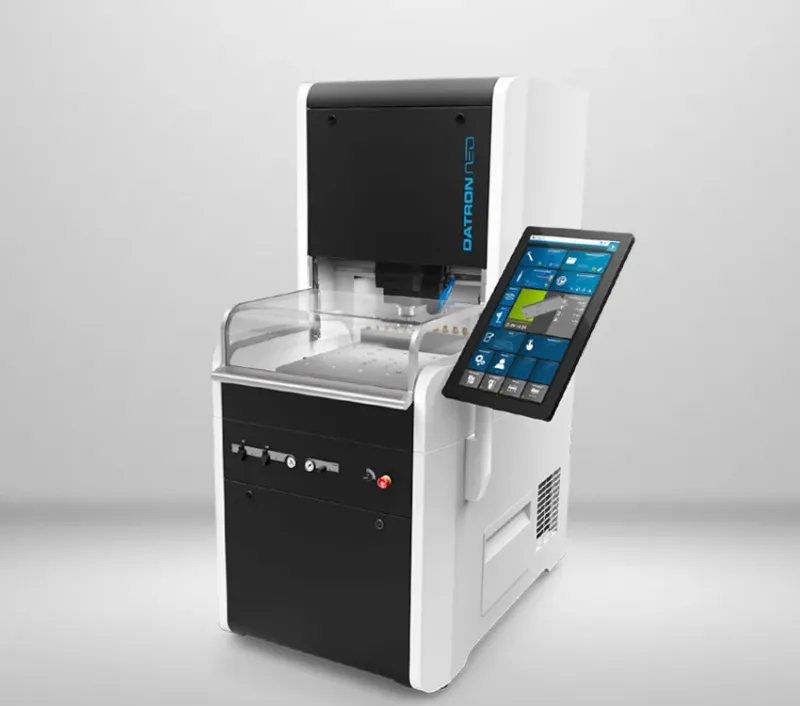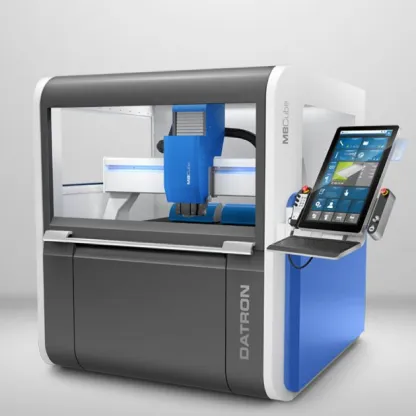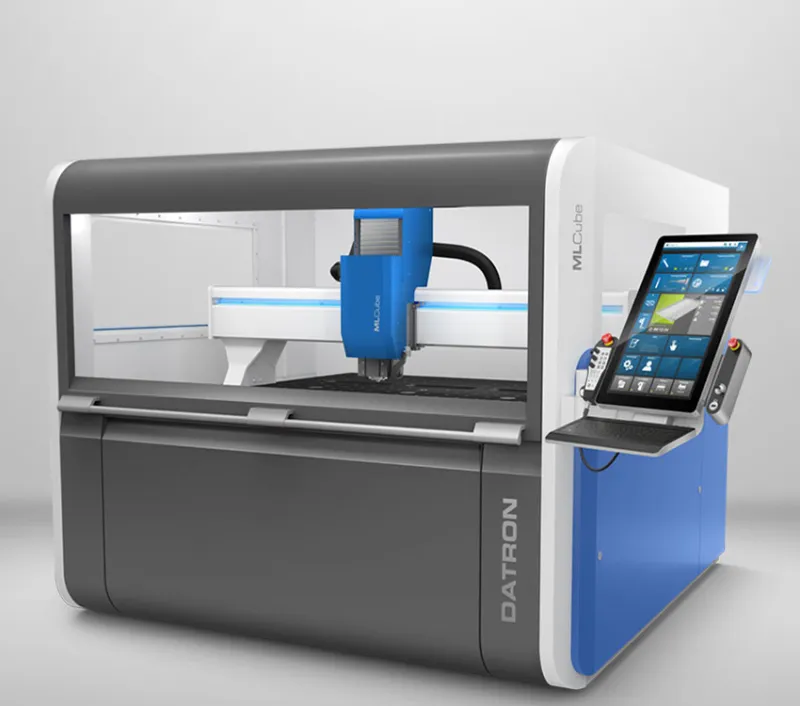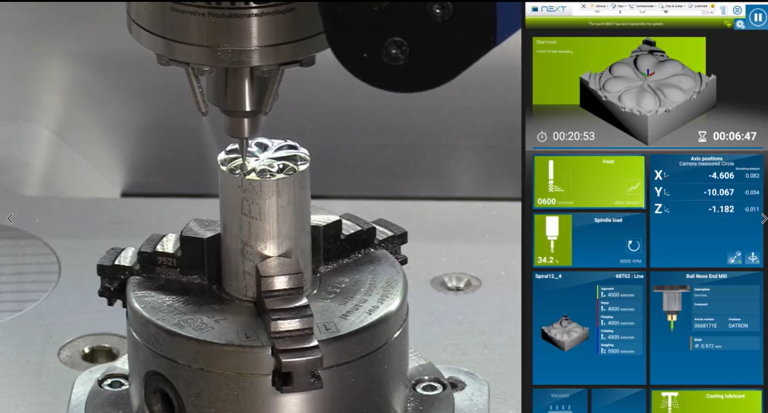
As awareness grows about the environmental and health risks associated with acid etching, regulations and costs are tightening. While acid etching has long been a reliable method for creating decorative metal and glass components, its drawbacks are becoming too significant to ignore in a modern production environment. Manufacturers are now seeking safer, more cost-effective alternatives—making CNC engraving an increasingly popular alternative to acid etching.
Mechanical and Laser Engraving: Viable Alternatives
Two primary alternatives to acid etching have emerged: mechanical engraving and laser engraving. Each has its strengths and weaknesses.
Laser engraving is ideal for surface-level markings. However, the process can become time-consuming and energy-intensive when significant material removal is needed. In contrast, mechanical (CNC) engraving is better suited for three-dimensional or sculpted surfaces, offering more flexibility for complex designs. This article will focus on CNC engraving as a practical, efficient alternative.
CNC Engraving Alternative to Acid Etching
Is CNC Engraving a Cost-Effective Substitute?
In short, yes, it can. However, comparing the etching speed versus engraving doesn’t give the whole picture. You need to look at the entire workflow.
A Typical Acid Etching Process:
- Design the artwork
- Create a resist (e.g., silkscreen with photoresist)
- Prepare the metal (clean and degrease)
- Apply the resist
- Mask the back and edges
- Etch the metal
- Neutralize and rinse
- Remove the resist
- Final cleaning and finishing
- Safely dispose of used acid (often costly and hazardous)
A Typical CNC Engraving Workflow:
- Design the artwork
- Generate toolpaths (in software like Carveco® or Type 3D®)
- Set up cutting tools
- Secure the metal to the table
- Set the zero point
- Engrave
- Clean off chips—minimal residue cleanup is required
While acid etching may be quicker in the material removal phase, the pre-and post-processing steps are generally longer, more complex, and more hazardous.

DATRON’s Engraving System: Streamlining the Process
DATRON CNC systems offer key optimizations that make mechanical engraving even more competitive in terms of time and cost.
1. Tool Setup Efficiency
DATRON machines feature large-capacity tool magazines capable of holding multiple tools, including duplicates. You can run jobs overnight or through the weekend without interruption with automatic tool detection and replacement.
2. Quick Material Setup
DATRON’s vacuum table system allows operators to secure the material in seconds—no clamps, screws, or adhesives. A sacrificial substrate beneath the plate lets you cut through without damaging the machine, enabling full-sheet processing and nested jobs.
3. Fast Zero Point Setup
The built-in AR (augmented reality) camera allows for rapid zero-point setup via touchscreen or the mechanical touch probe for precise positioning.
4. High-Speed Engraving
DATRON systems are equipped with high-speed spindles, enabling fast, efficient machining—even with small, delicate tools. This dramatically reduces cycle time and makes engraving competitive with etching.
5. Minimal Cleanup
DATRON machines eliminate oily residues by using ethanol-based cooling. The coolant evaporates, keeping tools cool and making cleanup simple—blow off the chips with compressed air
Additional Advantages of the DATRON System
Large Work Area: Run multiple jobs simultaneously or process full sheets unattended for hours—even overnight.
Automatic Tool Management: The system detects broken or worn tools and automatically swaps them out, rerunning the toolpath if needed.
Remote Monitoring: Keep tabs on the machine with a smartphone app, including a live view via the onboard AR camera.
Compact and Quiet: Thanks to its lightweight design and ethanol cooling system, a DATRON machine doesn’t require an industrial environment. It can be installed in an office setting.
CNC Engraving: Greater precision and less dependence on skilled labor!
Acid etching is an art form that often requires years of hands-on experience to master. CNC engraving, by contrast, is a digital process that offers high precision and repeatability. With DATRON’s intuitive touchscreen interface—similar to a smartphone—and AI-assisted toolpath creation, even non-machinists can get up and running quickly.
A Safer, Smarter Path Forward
Acid etching has served us well for centuries, but its hazards and rising costs are prompting a shift. Many manufacturers have already transitioned—or significantly reduced—their use of acid etching in favor of DATRON CNC engraving. The result? Safer processes, lower operational costs, and greater production flexibility. See how easy it is to make the switch from acid etching to a DATRON CNC machine—contact us today.
Want to see it in action? Watch this video of DATRON CNC engraving at work!





